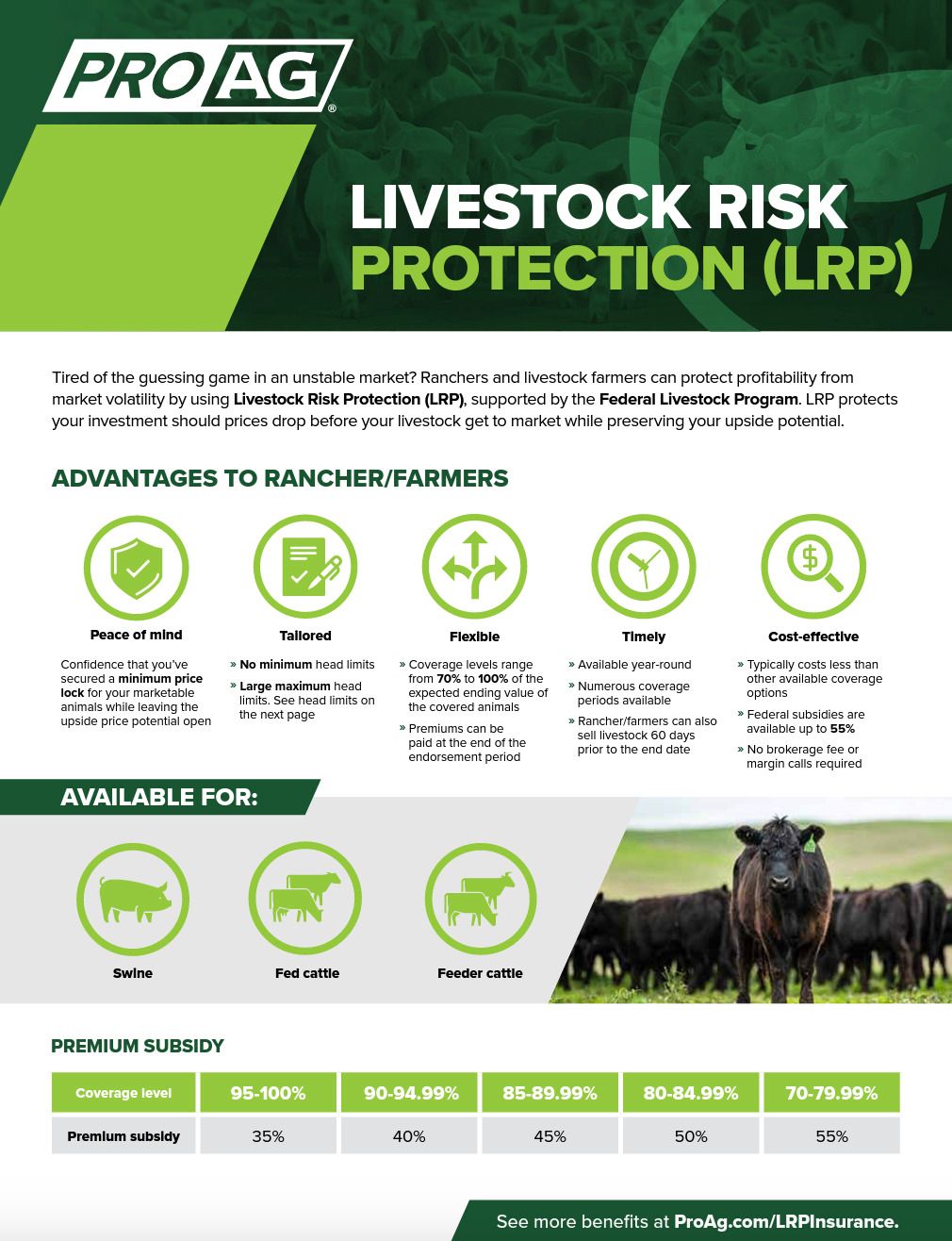Bagley Risk Management Things To Know Before You Get This
Bagley Risk Management Things To Know Before You Get This
Blog Article
Specialist Support on Risk Assessment and LRP Insurance Solutions

The Relevance of Risk Assessment
Effective risk evaluation is basic in the decision-making process of any organization, assisting calculated planning and resource allocation. By methodically recognizing, reviewing, and prioritizing possible threats, organizations can prepare for difficulties, profit from opportunities, and make notified options to achieve their purposes. Risk assessment allows companies to proactively deal with vulnerabilities, alleviate threats, and enhance their risk administration techniques.
One of the crucial benefits of threat evaluation is its role in boosting operational efficiency. By recognizing the prospective risks that can influence different aspects of the company, companies can simplify procedures, allot sources better, and lower the chance of pricey interruptions. In addition, threat assessment enables companies to comply with governing demands, safeguard their reputation, and build trust with stakeholders.
Understanding Possible Losses
To comprehend the effect of danger analysis, it is important to comprehend the potential losses that could significantly influence an organization's procedures and economic stability. Prospective losses can arise from numerous resources, consisting of natural disasters, economic slumps, operational failures, regulatory adjustments, and cybersecurity violations. These losses can lead to direct costs such as residential property damage, legal costs, and fines, in addition to indirect costs like reputational damages and loss of market share.
Understanding potential losses involves carrying out an extensive evaluation of the risks that might appear and approximating the financial impact they might have on the organization. By evaluating these potential losses, companies can focus on threat reduction initiatives and allot sources properly. Additionally, a comprehensive understanding of possible losses allows companies to make informed choices when choosing risk management techniques, such as buying insurance coverage or implementing risk control actions. Bagley Risk Management.
Basically, by acknowledging and understanding prospective losses, companies can proactively handle threats and protect their lasting sustainability and success.
Function of LRP Insurance Solutions
The assimilation of LRP insurance services within a company's threat monitoring framework boosts durability and strengthens financial stability against unexpected difficulties. LRP, or Loss Recovery Item, insurance services play a crucial role in reducing the influence of prospective losses by providing economic protection and support in times of crisis. These insurance coverage remedies are tailored to meet the certain demands of businesses, providing insurance coverage for various risks such as residential or commercial property damage, service disturbance, responsibility claims, and much more.
LRP insurance coverage remedies help organizations browse challenging circumstances by giving a safeguard that enables them to recoup and recuperate from problems. By moving the economic risk to an insurance provider, services can concentrate on their core operations with higher comfort, recognizing that they are protected against considerable monetary losses. Additionally, LRP insurance policy remedies can boost an organization's risk management approach by supplementing existing danger mitigation procedures and ensuring thorough protection across all locations of potential vulnerability - Bagley Risk Management. Generally, the function of LRP insurance policy options is important in protecting organizations and promoting lasting sustainability.
Identifying Key Dangers
In the procedure of threat assessment, an like this important action includes recognizing essential risks that have the possible to affect a company's operations and economic stability. Recognizing vital risks calls for an extensive examination of internal and external elements that might present risks to the company's goals. Inner threats may consist of operational inefficiencies, conformity concerns, or human resource difficulties, while outside risks might encompass economic slumps, governing changes, or natural catastrophes.

Moreover, key dangers need to be frequently assessed and updated to line up with the vibrant organization environment. This positive strategy enables organizations to stay in advance of potential risks and secure their lasting success.
Choosing the Right Protection
Having actually identified the crucial dangers that can influence an organization's operations and economic security, the next vital step entails meticulously selecting the ideal coverage to effectively handle and reduce these threats. Organizations need to consider their particular risk direct exposure, monetary capacities, and tactical purposes when it comes to selecting the right insurance coverage. It is vital to conduct a complete analysis of the available insurance coverage alternatives to make certain that the selected protection lines up with the company's danger administration objectives.

Organizations ought to work closely with experienced insurance coverage experts to evaluate their threat profiles and identify one of the most appropriate insurance products to resolve their demands. Tailoring insurance protection to certain dangers can aid optimize defense while lessening unneeded prices. Furthermore, companies need to assess plan terms and problems thoroughly to comprehend the extent of coverage given and any prospective exemptions that this article might impact their danger reduction approaches.
Conclusion
Finally, danger analysis is critical in identifying potential losses and picking the right LRP insurance services. By recognizing essential dangers, businesses review can reduce financial influences and secure their possessions. It is vital to carefully evaluate and analyze risks to make certain appropriate coverage remains in place. Professional advice can assist navigate the complexities of risk assessment and insurance options, providing organizations with the needed tools to properly manage and mitigate threats.
Professional guidance plays a crucial duty in this process, offering beneficial insights into recognizing and reviewing dangers, as well as strategically selecting proper insurance policy coverage customized to alleviate those risks effectively. A detailed understanding of possible losses allows companies to make educated decisions when choosing threat administration strategies, such as buying insurance protection or carrying out danger control measures.

Report this page